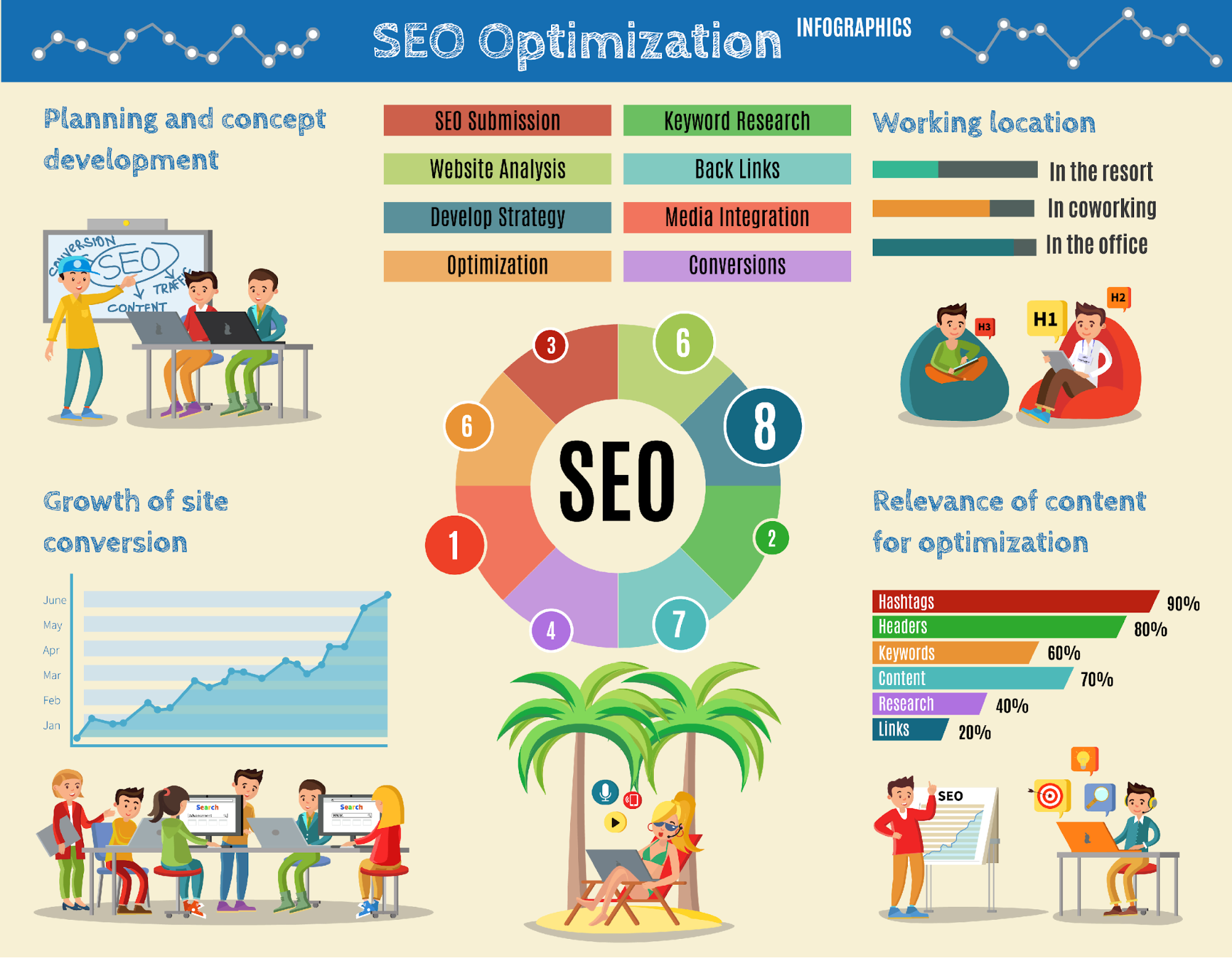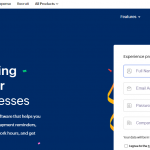Search engine optimization has evolved far beyond simply stuffing keywords into content and hoping for the best. Modern SEO requires a data-driven approach that focuses on measurable outcomes and continuous improvement. Understanding which key performance indicators to monitor can mean the difference between a successful SEO campaign and one that wastes valuable time and resources.
The challenge many businesses face is determining which metrics actually matter for their SEO performance. With countless analytics tools available and an overwhelming amount of data to process, it’s easy to get lost in vanity metrics that look impressive but don’t translate to real business results. Focusing on the right KPIs helps you make informed decisions, allocate resources effectively, and demonstrate the tangible value of your SEO efforts.

Organic Traffic Growth
Organic traffic represents the foundation of SEO success and serves as the most fundamental metric for measuring your search engine optimization efforts. This KPI tracks the number of visitors who find your website through unpaid search results, providing direct insight into how well your content resonates with search engines and users alike.
When monitoring organic traffic growth, it’s essential to look beyond surface-level numbers and examine the quality and consistency of your traffic patterns. Seasonal fluctuations, algorithm updates, and industry trends can all impact organic traffic, making it crucial to analyze data over extended periods rather than making decisions based on short-term variations.
The most effective approach to tracking organic traffic involves segmenting your data by different dimensions such as geographic location, device type, and traffic source. This granular analysis reveals which aspects of your SEO strategy are performing well and which areas need improvement. For instance, if mobile organic traffic is significantly lower than desktop traffic, it might indicate technical issues with your mobile site or opportunities to optimize for mobile-specific search queries.
According to the Dental Marketing Guy, a dental SEO agency, “Organic traffic growth should be evaluated in the context of your overall marketing ecosystem, as it often works synergistically with other channels to drive conversions and brand awareness.” This perspective emphasizes that organic traffic shouldn’t be viewed in isolation but as part of a comprehensive digital marketing strategy.
Keyword Rankings and Visibility
Keyword rankings remain a critical indicator of SEO performance, though their interpretation has become more nuanced with the evolution of search engine algorithms. Rather than focusing solely on ranking positions for individual keywords, successful SEO campaigns now emphasize keyword visibility across entire topic clusters and semantic keyword groups.
Modern keyword tracking involves monitoring your website’s performance for primary target keywords while also keeping tabs on related long-tail variations and emerging search terms within your industry. This comprehensive approach provides a more accurate picture of your content’s search visibility and helps identify opportunities for content expansion and optimization.
The key to effective keyword ranking analysis lies in understanding search intent and matching your content to user expectations. Rankings for high-volume keywords are valuable, but they’re meaningless if those keywords don’t align with your target audience’s search behavior. Focus on tracking keywords that represent genuine business opportunities and reflect the actual language your potential customers use when searching for your products or services.
Additionally, monitoring keyword rankings across different geographic markets and device types can reveal optimization opportunities you might otherwise miss. A keyword that performs well on desktop searches might rank poorly on mobile devices, indicating technical or content-related issues that need attention.
Click-Through Rates from Search Results
Click-through rates from search engine results pages represent the bridge between visibility and actual website traffic. This metric measures how compelling your search listings are to users and indicates whether your titles, meta descriptions, and other SERP elements effectively communicate your value proposition.
CTR analysis becomes particularly valuable when combined with ranking data, as it reveals which search listings are performing above or below expectations for their position. A high-ranking page with a low CTR might indicate that your title tag or meta description isn’t compelling enough, while a lower-ranking page with a high CTR suggests that your listing is resonating well with users despite its position.
Improving click-through rates often requires testing different approaches to your SERP elements. This might involve crafting more compelling headlines, incorporating relevant keywords naturally, adding emotional triggers, or including specific value propositions that differentiate your content from competitors. The goal is to create search listings that not only rank well but also motivate users to click through to your website.
Regular CTR monitoring also helps identify content that’s performing well and can inform your broader content strategy. Pages with consistently high click-through rates often share common characteristics that can be replicated across other pages on your website.
Conversion Rates from Organic Traffic
While traffic and rankings are important, conversion rates from organic traffic ultimately determine the business impact of your SEO efforts. This KPI measures how effectively your organic visitors complete desired actions, whether that’s making a purchase, signing up for a newsletter, requesting a quote, or any other goal relevant to your business.
Conversion rate optimization for organic traffic requires understanding the different types of search intent and aligning your content accordingly. Users who arrive through informational queries may not be ready to convert immediately, but they might be valuable for building brand awareness and nurturing future conversions. Conversely, visitors from commercial or transactional searches typically have higher conversion potential and should be guided through optimized conversion paths.
Analyzing conversion rates by different organic traffic segments provides valuable insights into which SEO strategies are driving the most valuable visitors. You might discover that certain types of long-tail keywords consistently produce higher-converting traffic, or that visitors from specific geographic regions have different conversion patterns that warrant targeted optimization efforts.
The most successful SEO campaigns continuously refine their conversion optimization based on user behavior data. This might involve improving page load speeds, simplifying navigation, enhancing mobile experiences, or creating more targeted landing pages for high-value keywords.

Domain Authority and Backlink Profile Growth
Domain authority and backlink profile development represent the long-term foundation of SEO success. While these metrics may not provide immediate insights into day-to-day performance, they indicate your website’s overall authority and credibility in the eyes of search engines.
Effective backlink analysis goes beyond simply counting the number of links pointing to your website. Quality, relevance, and diversity of linking domains are far more important than sheer quantity. A few high-quality backlinks from authoritative websites in your industry can be more valuable than hundreds of low-quality links from irrelevant sources.
Monitoring your backlink profile involves tracking new link acquisitions, identifying and disavowing potentially harmful links, and analyzing competitor backlink strategies to uncover new opportunities. This ongoing process helps maintain and improve your website’s authority while protecting it from potential penalties.
The most effective approach to building domain authority combines strategic content creation, relationship building, and technical SEO optimization. Creating valuable, shareable content naturally attracts high-quality backlinks while establishing your expertise in your field. This holistic approach to authority building creates sustainable SEO success that withstands algorithm changes and competitive pressures.
By consistently monitoring these five essential KPIs, you can build a comprehensive understanding of your SEO performance and make data-driven decisions that drive meaningful business results. Remember that SEO is a long-term investment, and the most successful campaigns focus on sustainable growth rather than short-term gains.



